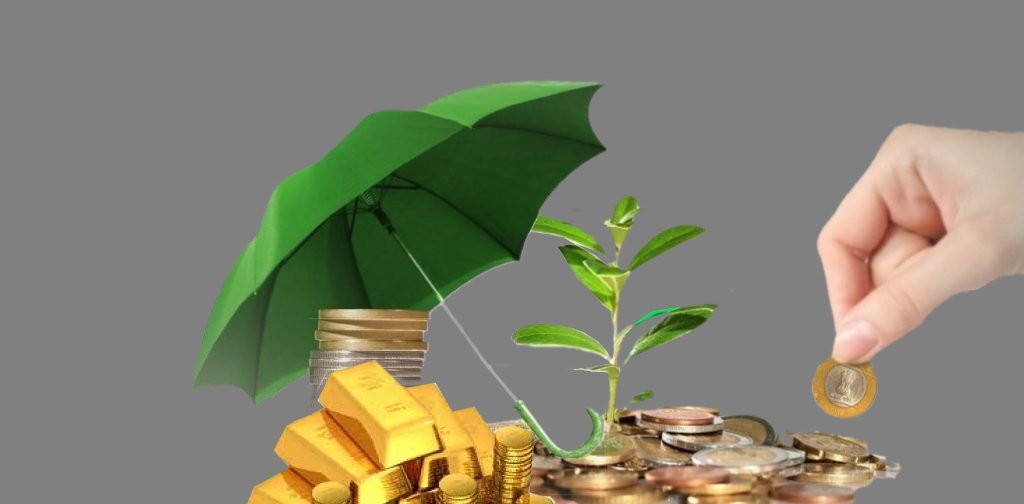Content
- Law of Increasing Opportunity Cost Overview
- Which graph shows the law of increasing opportunity costs?
- When should you use the law of increasing cost?
- Why does the law of increasing opportunity cost exist?
- Opportunity Cost and Societal Decisions
- What is the law of increasing opportunity cost graph?
- What is an example of law of increasing opportunity cost?
The law also applies as the firm shifts from snowboards to skis. Suppose it begins at point D, producing 300 snowboards per month and no skis.
- The best way to look at this is to review an example of an economy that only produces two things – cars and oranges.
- As the law says, as you increase the production of one good, the opportunity cost to produce the additional good increases.
- Opportunity cost is a key concept in economics, described as the fundamental relationship between scarcity and choice.
- Plant 3 has a comparative advantage in snowboard production because it is the plant for which the opportunity cost of additional snowboards is lowest.
- The more of a product that society produces, the greater is the opportunity cost of obtaining an extra unit.
The law of increasing opportunity cost is the concept that as you continue to increase production of one good, the opportunity cost of producing that next unit increases. This comes about as you reallocate resources to produce one good that was better suited to produce the original good. Therefore, the cost is losing more units of the original good to produce one more of the new good. The law of increasing opportunity cost applies to a production possibilities curve that bowed outward from the origin. For an economy to produce more of one good, it must sacrifice increasing quantities of the other good.
Law of Increasing Opportunity Cost Overview
Having takeout for lunch occasionally can be a wise decision, especially if it gets you out of the office for a much-needed break. When feeling cautious about a purchase, for instance, many people will check the balance of their savings account before spending money. But they often won’t think about the things that they must give up when they make that spending decision. Funds used to make payments on loans, for example, cannot be invested in stocks or bonds, which offer the potential for investment income. The company must decide if the expansion made by the leveraging power of debt will generate greater profits than it could make through investments.
- As we want more and more computer programs the number of houses we have to sacrifice per computer program increases.
- You can produce at this point, but you are not using all your resources as efficiently as possible.
- We will guide you step by step into the world of economics and its various fields.
- In accounting, it is common practice to refer to the opportunity cost of a decision as a cost.
Alternatively, if the business purchases a new machine, it will be able to increase its production of widgets. The machine setup and employee training will be intensive, and the new machine will not be up to maximum efficiency for the first couple of years. Let’s assume it would net the company an additional $500 in profits in the first year, after accounting for the additional expenses for training. The business will net $2,000 in year two and $5,000 in all future years. Assume the expected return on investment in the stock market is 12% over the next year, and your company expects the equipment update to generate a 10% return over the same period. The opportunity cost of choosing the equipment over the stock market is 2% (12% – 10%). In other words, by investing in the business, the company would forgo the opportunity to earn a higher return.
Which graph shows the law of increasing opportunity costs?
To construct a combined production possibilities curve for all three plants, we can begin by asking how many pairs of skis Alpine Sports could produce if it were producing only skis. To find this quantity, we add up the values at the vertical intercepts of each of the production possibilities curves in Figure 2.4 “Production Possibilities at Three Plants”. These intercepts tell us the maximum number of pairs of skis each plant can produce. Plant 1 can produce 200 pairs of skis per month, Plant 2 can produce 100 pairs of skis at per month, and Plant 3 can produce 50 pairs. Alpine Sports can thus produce 350 pairs of skis per month if it devotes its resources exclusively to ski production. The curve shown combines the production possibilities curves for each plant.
First, the economy might fail to use fully the resources available to it. Second, it might not allocate resources on the basis of comparative advantage. In either case, production https://business-accounting.net/ within the production possibilities curve implies the economy could improve its performance. Economic profit is strictly an internal value used for strategic decision-making.
When should you use the law of increasing cost?
It can shift to ski production at a relatively low cost at first. The opportunity cost of the first 200 pairs of skis is just 100 snowboards at Plant 1, a movement from point D to point C, or 0.5 snowboards per pair of skis.
Even if we bought exactly the same car in same color, we’d still eventually want so many that the cost of labor, rubber, and metal would rise from that demand, driving up the marginal cost. We also face dis-economies of scale like managerial incentive problems and other difficulties of managing and controlling an increasingly large institution. To be on the production possibilities curve, we assume that technology and resources are fixed and that we are using all of our resources. We also assume production efficiency meaning that we are unable to produce more of one output without producing less of the other output.
Why does the law of increasing opportunity cost exist?
Let’s increase widget production in increments of 2 again until only widgets and no gadgets are produced. But this time we’ll consider opportunity cost that varies along the frontier. Productive Efficiency – This according to the law of increasing opportunity costs, efficiency means we are producing at a combination that minimizes costs. This is represented by any point on the production possibilities curve. In the below graph this is represented by points A, B, C, D, and E.
Increasing the production of one product raises the opportunity cost of producing the following item. People who use the law of increasing cost often work in the field of economics, including economists, financial analysts, accountants and other economic professionals. Business owners can also benefit from understanding the law of increasing cost, as it can often help them operate their businesses at their full capacity and as efficiently as possible. This can help business owners to maximize their profits, which can heavily contribute to the success of a company. Therefore, the law of increasing cost can be extremely useful for business owners to understand to maintain the financial health of their company. The production possibilities frontier shows the maximum combination of two types of goods that can be produced using all resources. If Econ Isle transitions from widget production to gadget production, it must give up an increasing number of widgets to produce the same number of gadgets.
Opportunity Cost and Societal Decisions
In Agribusiness and minor in Statistics from California Polytechnic State University, San Luis Obispo and M.S. In Agricultural and Resource Economics from University of California, Davis. She has extensive experience designing and performing economic analysis of wholesale energy markets and investigations of market participant behavior within these markets. Point F in the graph below represents an inefficient use of resources.
Fred Lyon, Renowned San Francisco Photographer, Dies at Age 97 – KQED
Fred Lyon, Renowned San Francisco Photographer, Dies at Age 97.
Posted: Thu, 25 Aug 2022 13:00:27 GMT [source]

